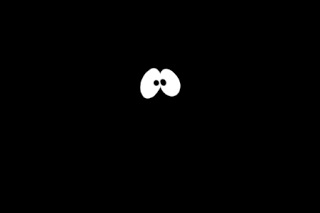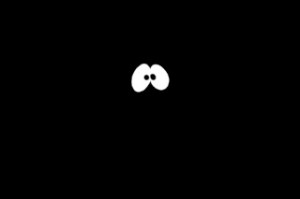Did you go “Doh!” when the power died?

Where were you, how were you, who were you when the lights went out?
The whole region was treated to a brief stretch of blasting wind and unusual cold a few weeks ago, and power went out all over the place. Several times that same day and night, depending on your whereabouts. Remember? Or does it seem like years ago already?
Once the juice returns and life goes back to normal, it’s pretty easy — too easy — to forget that short stretch of floating in space. That’s how it felt to me, especially at night: totally dark and unmoored, staring at the face of a starker reality than most modern Americans usually have to deal with.
Walking my utterly unplugged neighborhood at about 9 p.m. was both beautiful and eerie. The stars seemed sharper than before, the streets murkier than they’re usually permitted to get.
Another reality check was making the rounds of friends and family that powerless night. There was mandatory good cheer verging on stand-up comedy; there was existential worry about the cold and unknown (How long will it last? How cold will we get? What should we do? Surely we’ve got to do something!); there was basic crankiness at this mother of all hassles; nervous giggles at being released from routine; and, in the end, pleasant closeness — a tiny family vacation — as my wife and daughter and I lit some candles and read in bed together.
It was a beautiful moment, or should have been. Except for the crankiness and worry, which somehow got in bed with us. I kept thinking about how easily a candle could get knocked over, how fast flame can spread; I kept feeling chagrined at being caught so off-guard: We’ve got one reliable flashlight. We’ve got a few candles and matches. We’ve got a pantry full of food that mostly needs power for preparation. Plus, we’ve got perishables in the powerless fridge….
OK, we weren’t in danger of immediate starvation. And the power did come back on within a few hours. Still, I promptly picked up a couple new flashlights and batteries; my always-thoughtful better half bought a bunch of those “grabber” hand warmers for a relative who gets cold quickly.
Get ready
The standard emergency-readiness recommendation these days is to be prepared to go it alone for 72 hours. That’s a worst-case scenario, of course — for when The Big One hits — but now seems like the right time to get ready, having had a tiny taste of total powerlessness and winter just beginning.
The Clark Regional Emergency Services Agency’s preparedness page is as exhaustive as you’d expect — 17 pages of instructions and downloadable forms covering every aspect of life, which you can fill out in advance of The Really Huge One. We’re talking massive terrorist attack or mindblowing earthquake here. We’re talking Social Security and pet microchip and insurance policy numbers, gas shut-off locations, shelter-in-place and end-of-life instructions.
Short of radiation-proofing your underground bunker, though, here are some simpler recommendations for things to prepare before the next time the power goes out and you’re left muttering “How long?” and “D’oh!” They’re drawn from CRESA and the federal government’s preparedness website:
- one gallon of water per person per day
- nonperishable food (peanut butter, granola bars)
- manual can opener
- battery-operated or hand-crank flashlight
- battery-operated clock-radio
- extra batteries
- moist towelettes, garbage bags and ties for personal sanitation
- blankets and warm clothing
- first aid kit including aspirin, other basic medications
- prescription medications
- pet food and water
- other individual needs, like extra eyeglasses, dentures, diapers
Also, Clark Public Utilities points out that some sophisticated electronics can get damaged by power surges, and recommends unplugging devices like the microwave, home theater system and computer so they don’t get fried when the power comes back on.
The utility has a great brochure that covers all of this and much more — like, how to use your backup generator safely — at www.clarkpublicutilities.com.
—Scott Hewitt

